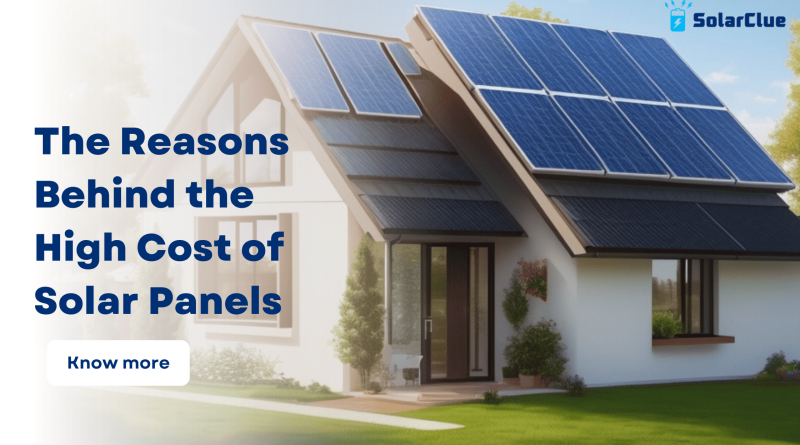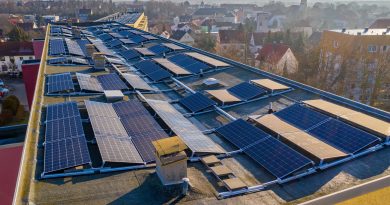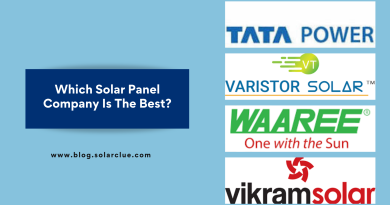Why Solar panels are expensive?
As a clean, sustainable energy source with long-term advantages for both citizens and governments, solar power has gained popularity. It’s critical to comprehend the variables influencing solar power system costs as the market for solar energy grows. In this blog, we’ll examine the main variables influencing why solar panels are expensive and how they affect the total cost. Through a thorough examination of these variables, people and organizations may make well-informed decisions regarding solar power investments and optimize the benefits of this sustainable energy source.
Table of Contents
Factors of why solar panels are expensive?
The following table will give you an overview of why solar panels are expensive:
| Factors | Description |
| Initial Installation Costs | Purchase of solar panels, inverters, and related equipment is included. |
| Energy Storage Solutions (Batteries) | Optional extra for energy independence and continuous power supply. |
| Quality of Equipment | High-quality components are frequently more expensive at first. May improve performance and longevity. |
| Installation and labour | For proper system design and installation, skilled labour is required. Labor expenses can differ depending on location and system capability. |
| Permitting and Inspection Fees | Fees for permits and inspections may be required as part of regulatory requirements. Prices may differ depending on local legislation. |
| Net Metering and Grid Connection | Connecting to the grid and establishing net metering may need administrative costs. Fees for grid connection may apply. |
| Financing Costs | Interest rates and financing fees for loans or leases can increase the overall cost of the system. Depending on the financing arrangement selected. |
| Geographical Factors | Solar irradiance levels, which are affected by location, have an impact on system efficiency and size requirements. Regions with less sunshine may be necessary, adding to the overall cost. |
| Maintenance and Repairs | Solar panels require periodic inspections, cleaning, and maybe repairs, which adds to the overall cost. In general, maintenance expenditures are cheap. |
Solar Resources and Location
A major factor in determining the cost of solar panels is the quantity and quality of the sun. The location of the installation has a significant impact on the potential of a solar resource. Sunlight-rich and temperate climates are better for solar energy generation, and the cost per kilowatt-hour (kWh) produced is typically lower in these areas. On the other hand, areas with less sunlight might need more expensive and larger solar systems to make up for the decreased energy production.
Scale and Size of the System
The size and scope of a solar power system directly affect its cost. Because of the economies of scale, larger-scale installations are frequently more affordable. This indicates that as system size increases, the cost per watt drops. To lower the cost per kWh produced, businesses and utility-scale solar farms can benefit from this by erecting larger solar arrays. To achieve a balance between system size and cost-effectiveness, it is crucial to carefully examine energy consumption needs for residential and small-scale systems.
Equipment and Technology
Over time, solar panels have become more accessible and inexpensive due to advancements in solar technology that have resulted in higher efficiency and decreased costs. Superior photovoltaic (PV) panels and inverters are typically more costly, but they also provide superior performance and longevity, leading to increased energy yields and extended lifespans. The selection of solar equipment and components can have a significant impact on the cost of solar power systems. When choosing solar technology, it’s crucial to take the long-term advantages and the initial expenditure into account.
Policies and Incentives of the Government
Government regulations and subsidies have a big impact on the cost of solar energy. Numerous governments provide grants, tax credits, and refunds to encourage the use of solar energy. These incentives have the potential to shorten the payback period and partially offset the initial installation costs. Owners of solar power systems can also resell extra electricity to the grid thanks to net metering regulations. When weighing the cost of solar energy, it’s critical to learn about and comprehend the local government programmes and subsidies that are available to you.
Labour and Installation Fees
The price of solar panels is also influenced by labour and installation costs. Accessibility, roof type, and system complexity are just a few examples of the variables that can affect installation costs. Depending on the area and property, different installation requirements could apply. For instance, compared to a rooftop installation, a ground-mounted system could need more thorough site preparation. A successful solar installation also requires knowledgeable and experienced labour, which raises the entire cost.
Competition in the Market and Financing
The cost of solar energy can vary depending on the extent of market competition and the accessibility of financing options. By distributing the initial expenditures over time, financing solutions like solar loans and leases can reduce the cost of solar power. Furthermore, price reductions may result from market competition among solar installations. It’s a good idea to get many quotes from reliable installers to make sure you get fair prices and high-quality work.
Final Thoughts
For individuals and businesses interested in investing in solar energy, it is essential to understand the factors that influence solar energy pricing. Numerous variables affect the ultimate price of solar power systems, including market dynamics, geographic location, system size, technology, government regulations, and installation fees. Individuals and businesses can successfully navigate the solar market, maximise cost savings, and contribute to a sustainable future powered by renewable energy by evaluating these factors thoroughly and collaborating with reputable vendors.
It’s time to act now that you have a thorough understanding of the variables influencing solar panel prices. Begin by determining the possibilities for solar resources at your location and investigating the local government incentives that are offered. Take into account your energy requirements and investigate various system sizes and technologies that complement your objectives. Request estimates from reliable solar contractors and look into financing alternatives that can lower the cost of solar energy. Take advantage of solar energy and embrace the renewable energy revolution to build a sustainable future for future generations!
The initial cost is higher due to manufacturing, technology, and material expenses associated with producing efficient solar panels.
Tariffs and taxes on imported solar panels can impact costs, influencing the overall pricing in certain regions.
High-quality and more efficient solar panels often come with a higher price tag due to advanced technologies and superior manufacturing processes.
Yes, ongoing research and development efforts to improve solar technology can contribute to the overall cost of solar panels.
Installation and maintenance costs, including labor and additional components, add to the overall expense of a solar panel system.
Yes, the prices of raw materials, such as silicon, can influence manufacturing costs and subsequently impact the overall price of solar panels.
Obtaining permits and meeting regulatory standards can involve additional costs, contributing to the overall expense of installing solar panels.
Larger-scale production often leads to economies of scale, reducing the per-unit cost of solar panels. Small-scale production may result in higher prices.
Yes, ongoing advancements and innovations in solar technology are anticipated to contribute to cost reductions over time.
Yes, various incentives provided by governments, such as tax credits or subsidies, can help make solar panel installations more financially accessible for consumers.



